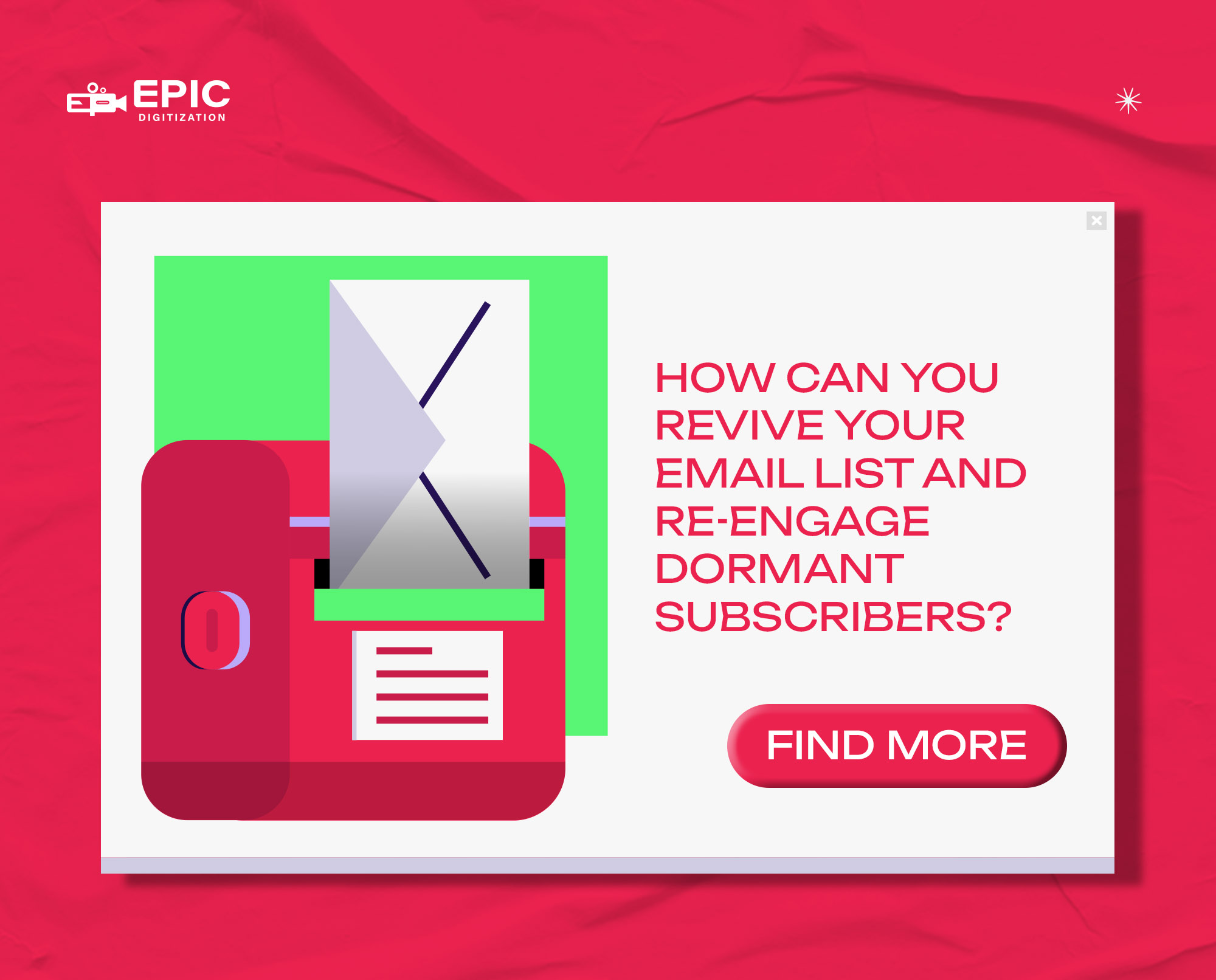What Makes a High-Converting Email Sequence from Welcome to Sale?
A high-converting email sequence from welcome to sale combines strategic structure with psychological triggers. It begins with a strong welcome email (achieving 4x higher open rates than regular campaigns) that delivers immediate value and sets expectations. It then follows a […]
How Can You Revive Your Email List and Re-engage Dormant Subscribers?
You can revive your email list and re-engage dormant subscribers through a strategic approach: first, identify inactive subscribers (typically those who haven’t opened or clicked in 90-180 days); then segment them based on past engagement and purchase history; create a […]
What Content Formats Beyond Blogging Build Authority in Your Industry?
Seven powerful content formats that build authority beyond blogging are: 1) In-depth case studies that demonstrate real-world application of expertise through storytelling and specific results; 2) Original research reports that position your brand as a primary information source; 3) Video […]
How Can Educational Blog Posts Drive B2B Sales?
Educational blog posts drive B2B sales by building trust and overcoming the “trust barrier” through several psychological mechanisms: the reciprocity principle (providing value without asking for immediate return), authority positioning (establishing expertise in your field), and risk reduction (demonstrating understanding […]







